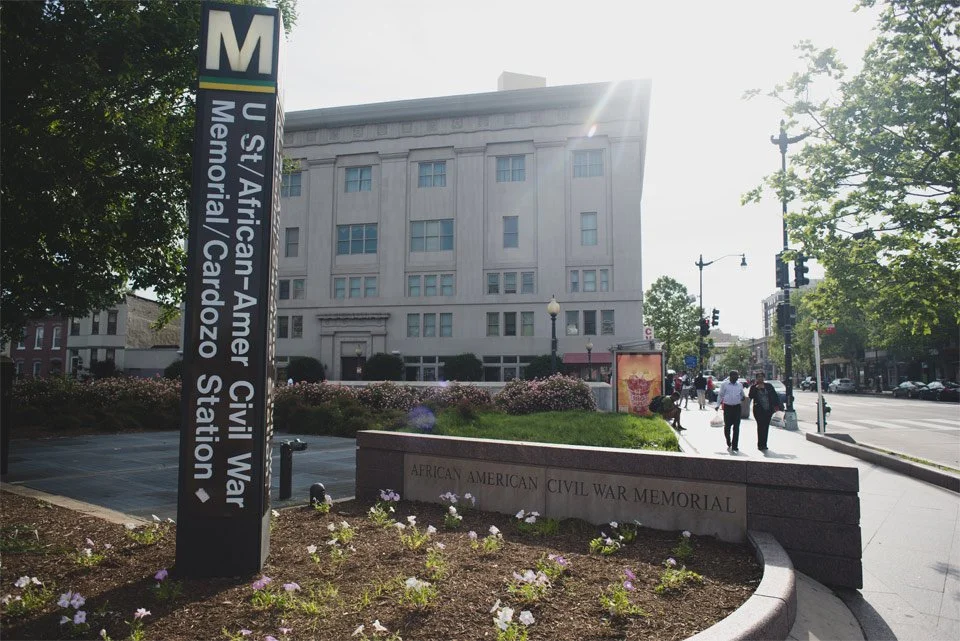Meridian of Riots and Rebuilding
From 1920 to 1960, U Street was a bustling community with businesses, professionals, and laborers living side by side.
However, following the end of legal segregation in 1954, many residents moved to less crowded suburbs, leaving the area without the diverse mix of people that once defined it. The riots following the assassination of Rev. Martin Luther King Jr. in 1968 accelerated the exodus of people and businesses, resulting in widespread unemployment and abandoned buildings.
DC Riots, 1968
Check out the National Archives blog: Unwritten Record, Washington Post and Washingtonian for an interesting glimpse into the past riots and redevelopment of the neighborhoods in DC.
Almost 20 years after the riots, the neighborhood began its revival with the construction of the Reeves Government Center at 14th and U Streets in 1986 and the opening of the U Street Metro station in 1991. As the area continued to evolve, rowhouses were renovated, and new modern condominiums, such as The Flats at Union Row (2007) and View 14 (2009), replaced dilapidated strip malls.
Take a look at some of the development in Shaw in the early naughts:
Today, Shaw and U Street corridor have economically recovered and still thrives as a dynamic, diverse, and historic neighborhood, recognized as one of the nation’s most significant African American heritage districts. While the days of needing to wear a tie to stroll down U Street are gone, it remains a place where visitors and residents come together to enjoy this iconic neighborhood.













